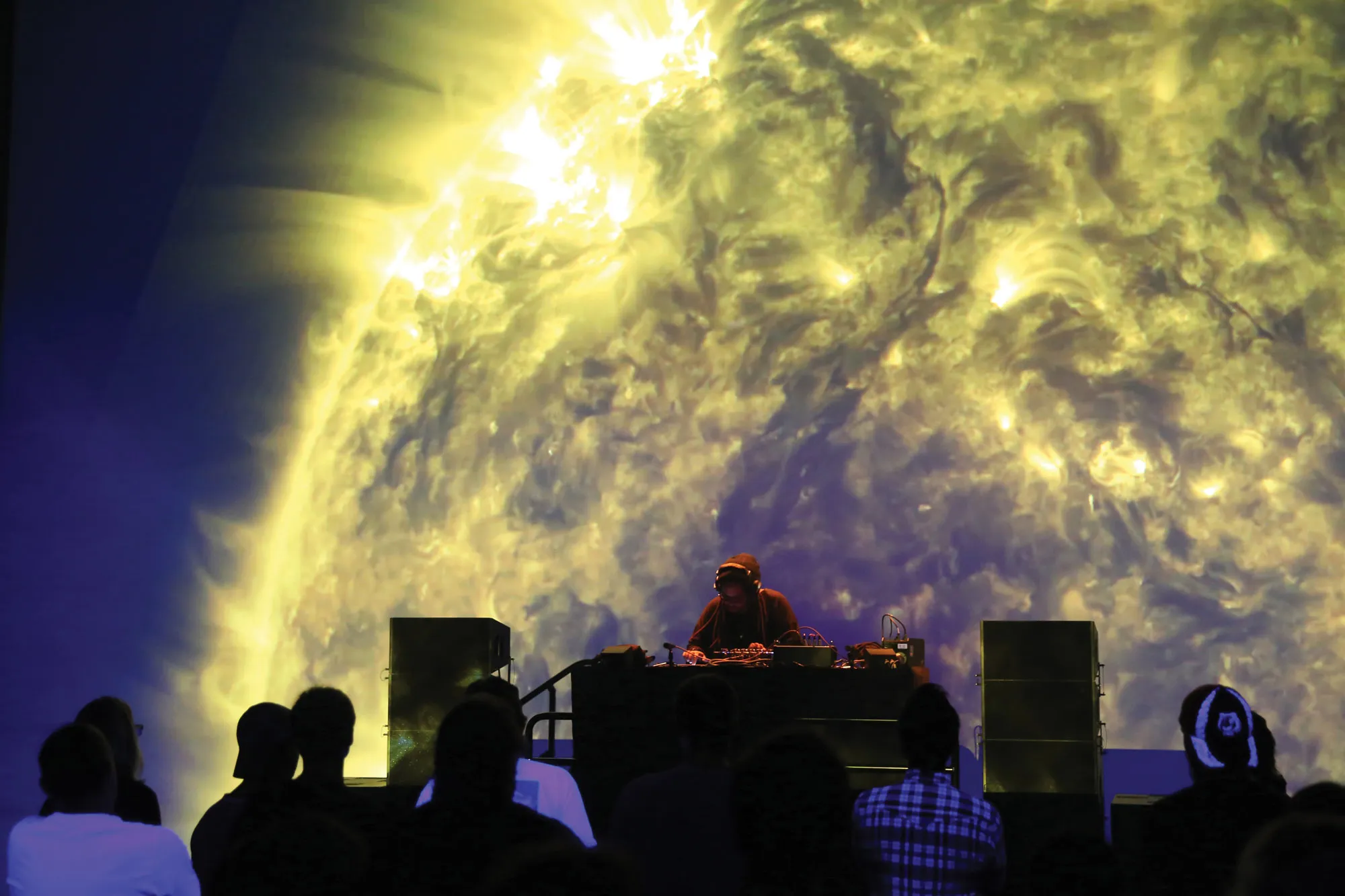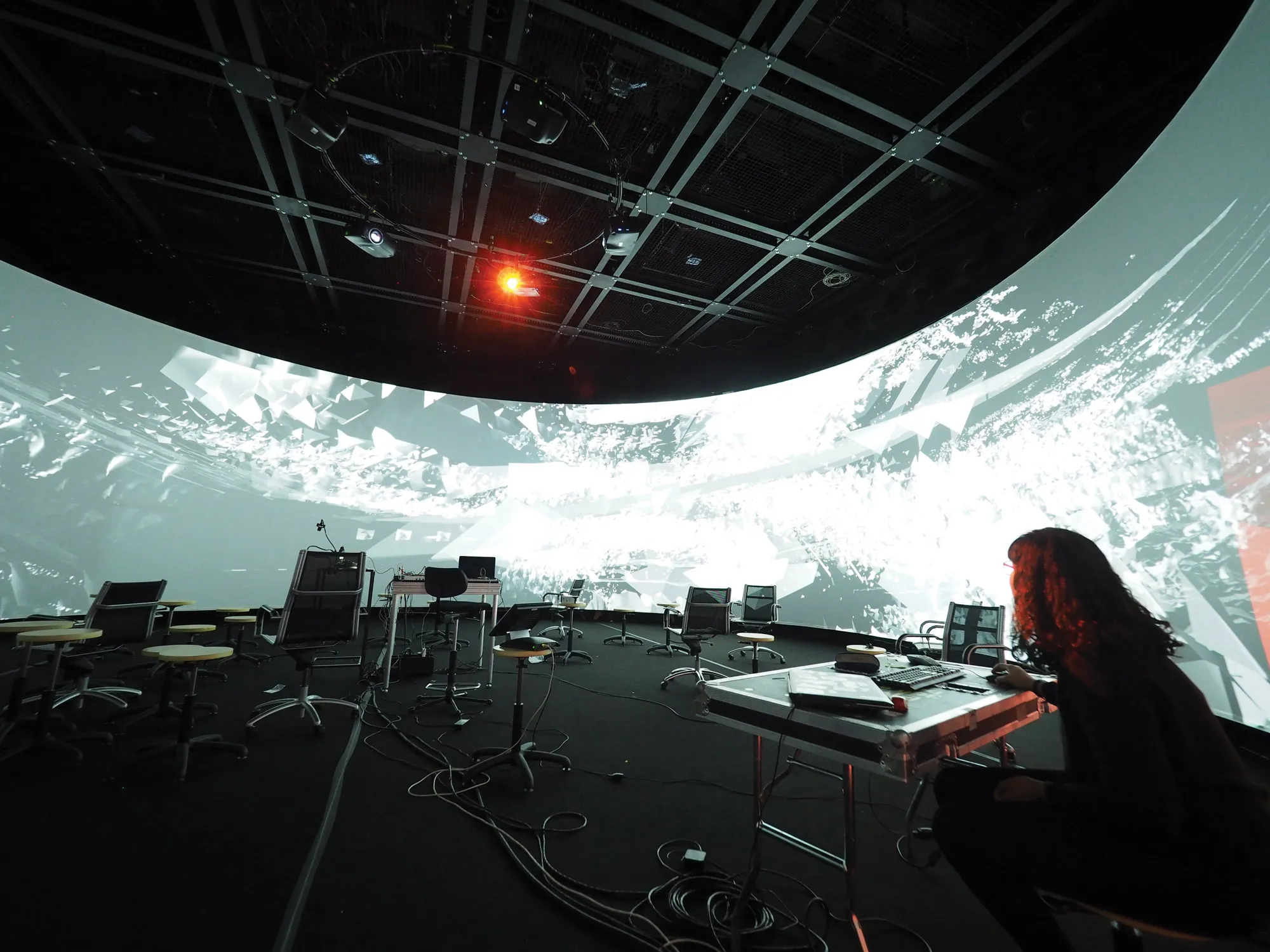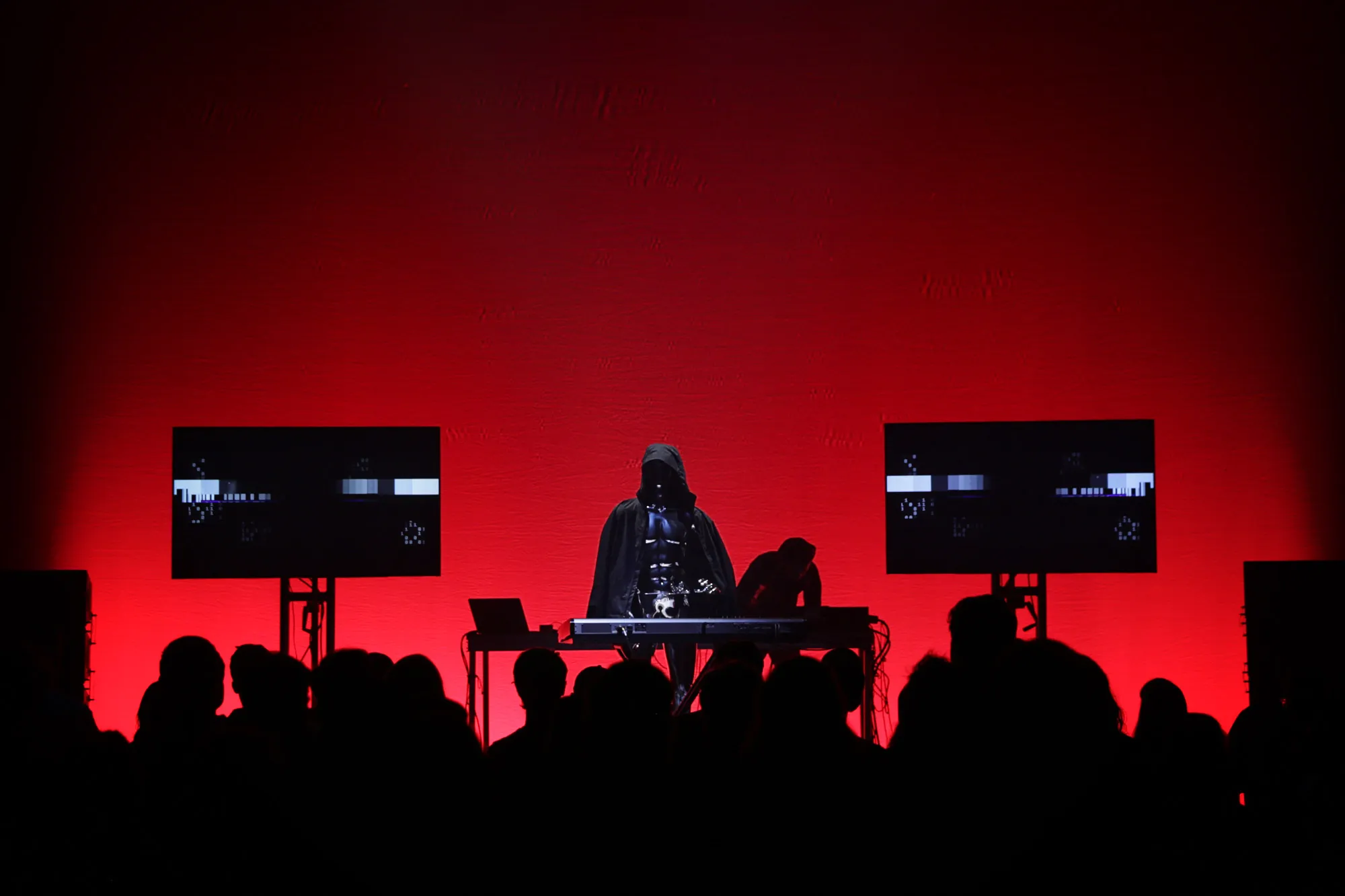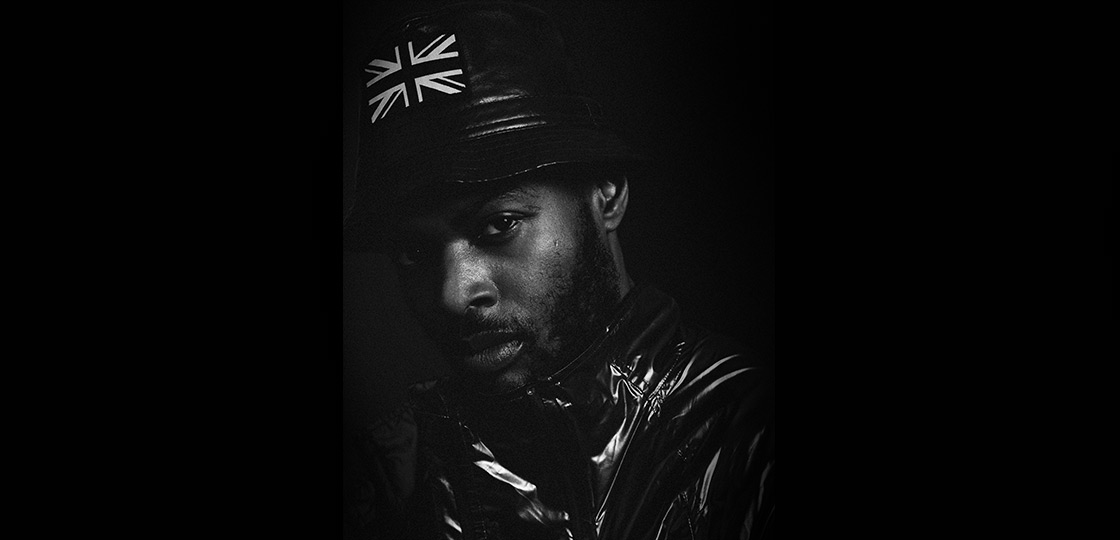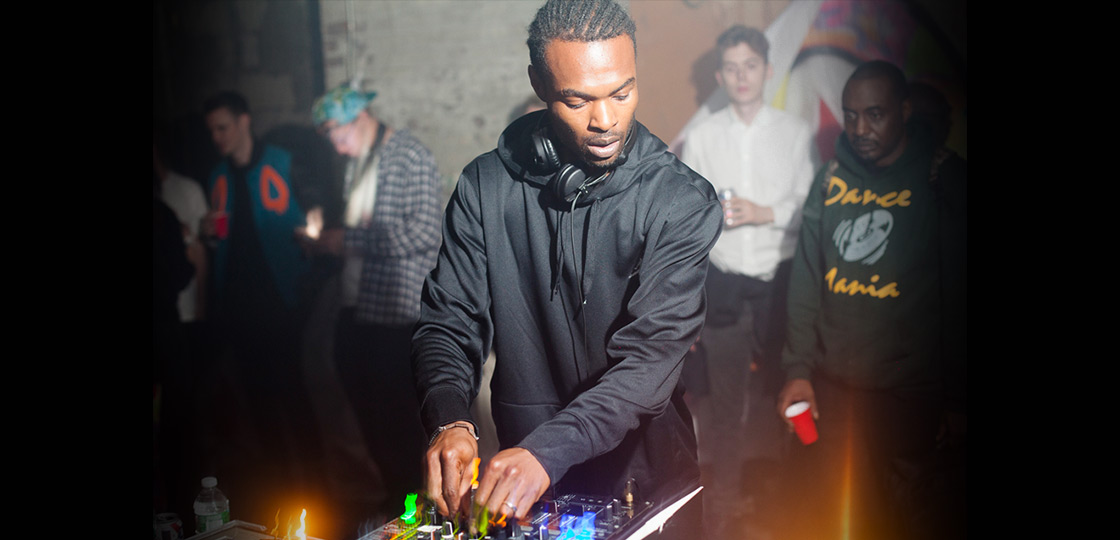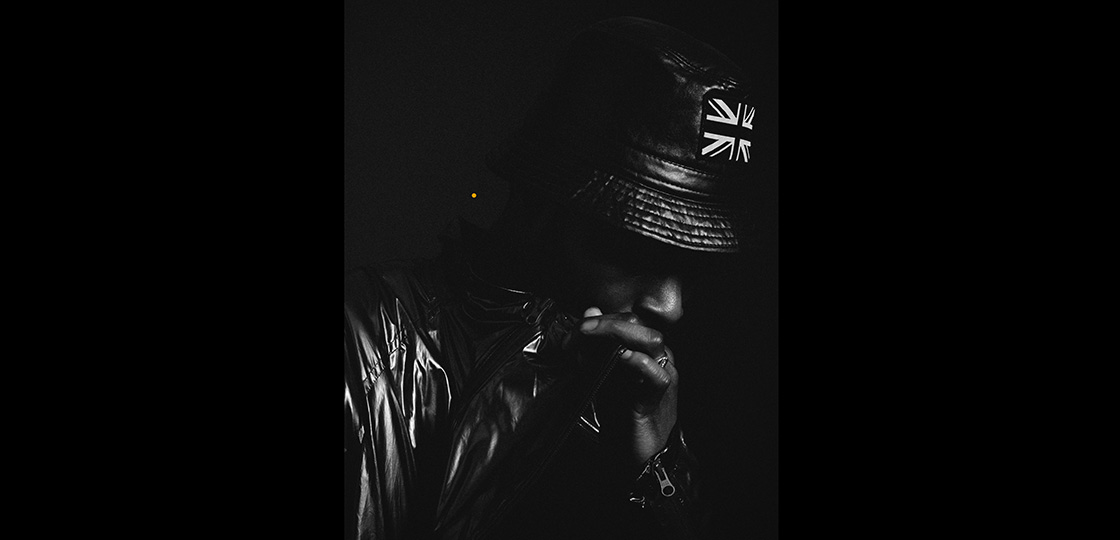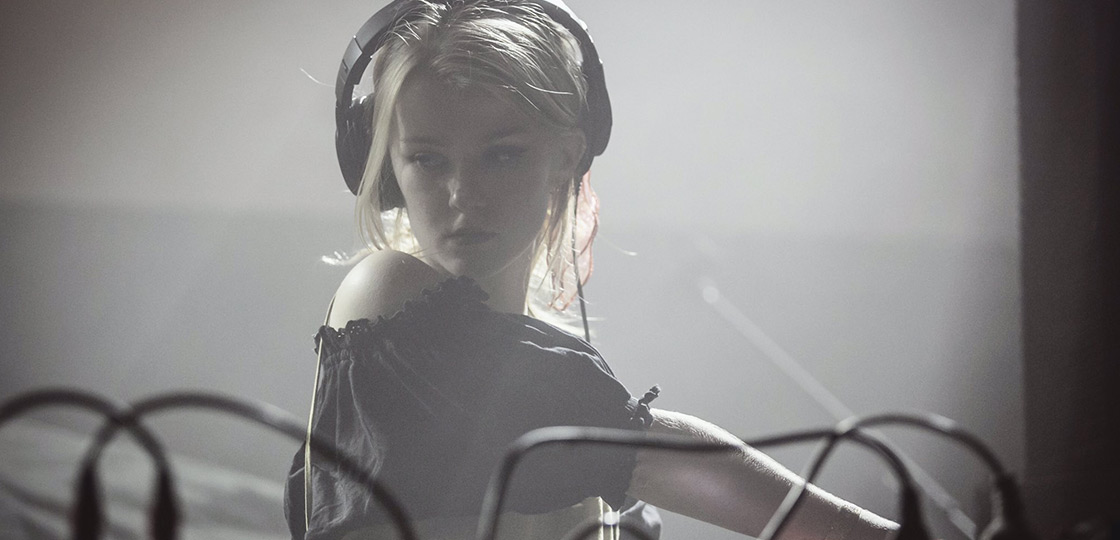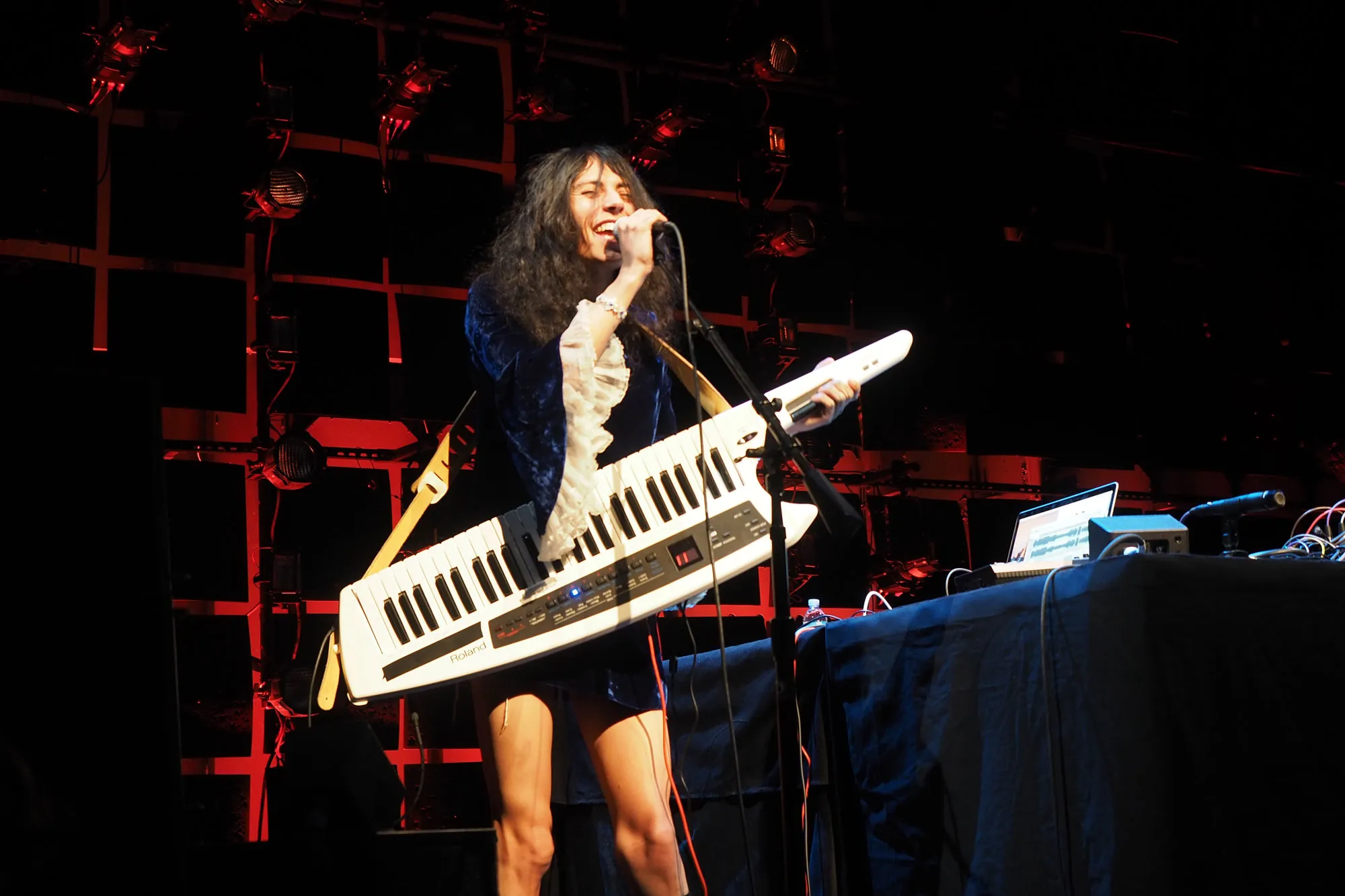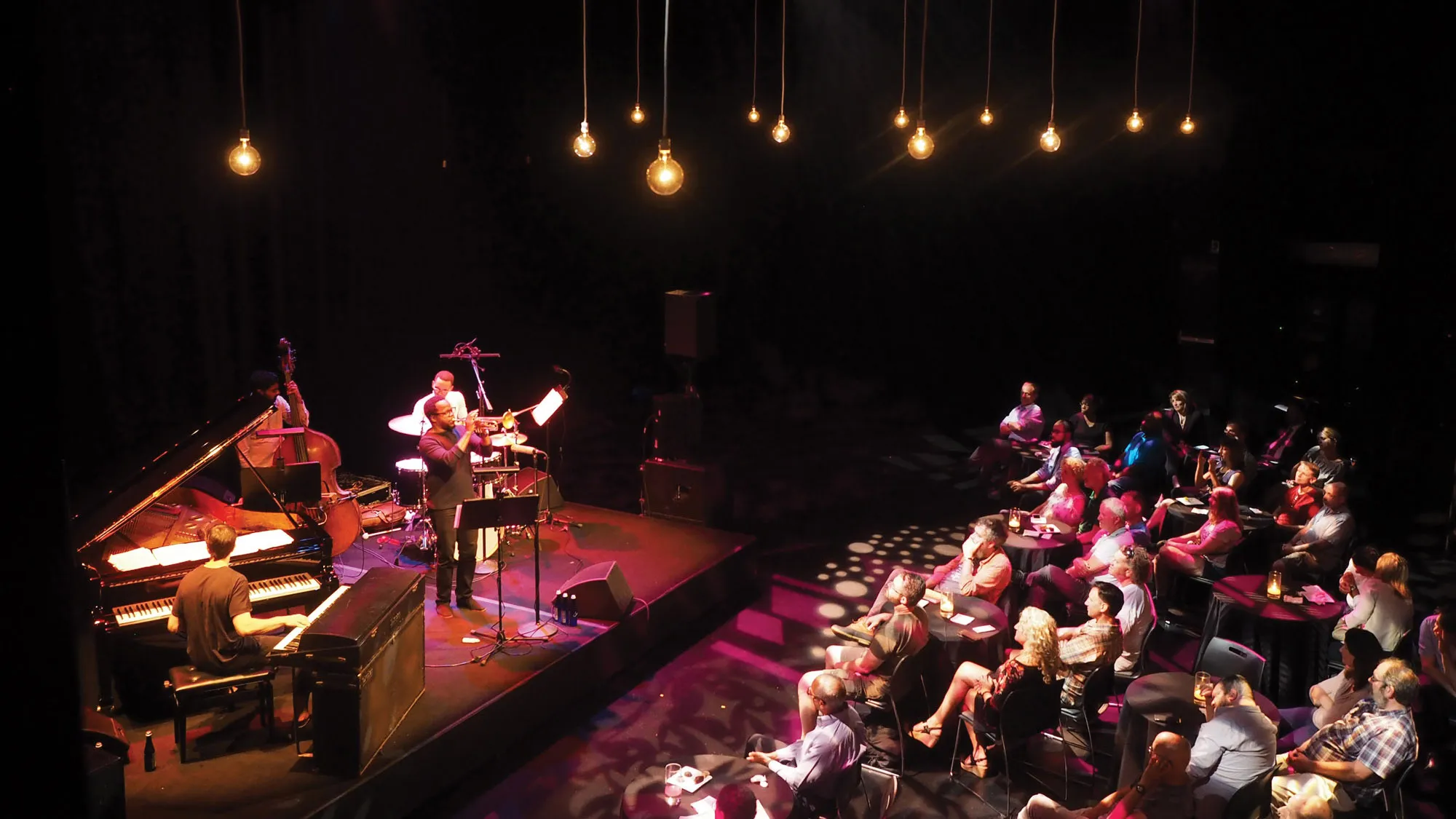Mexican artist and composer Laura Luna creates a new multimedia concert performance inside EMPAC's 360-degree panoramic screen.
A photographer turned video and film artist, Laura Luna began to experiment with music in 2013. Perceiving sound as a powerful art form for enhancing memories and narratives, she recorded sounds around her that triggered emotions and memory fragments, building them into a rich tonal music. Using field recordings, voice, a modded Atari computer, a Gameboy and various synths, she constructs sounds to describe fantastical scenes and narratives, creating soundtracks for sublimely fogged-in worlds inspired by the sort of science fiction that deals in the eerily heart-rending.
In 2014, she released the experimental album Isolarios inspired by stories about lost cosmonauts, expeditions without return, magical realism, and the works of Italo Calvino. With a passion for machines, generative narratives, and the complexities of memory, Luna has developed audiovisual performances, installations, and interactive works where different materials and technologies coexist.
Luna will perform at EMPAC following a production residency in Studio 2 aimed at creating a new multimedia concert performance inside EMPAC's 360-degree panoramic screen.
NOTE: Capacity for this performance will be very limited, as the audience will be within the panoramic screen. Advanced ticket purchase is recommended.
AUDIO
Main Image: Laura Luna during her production residency inside EMPAC's 360-degree panoramic screen. Photo: Mick Bello/EMPAC.

